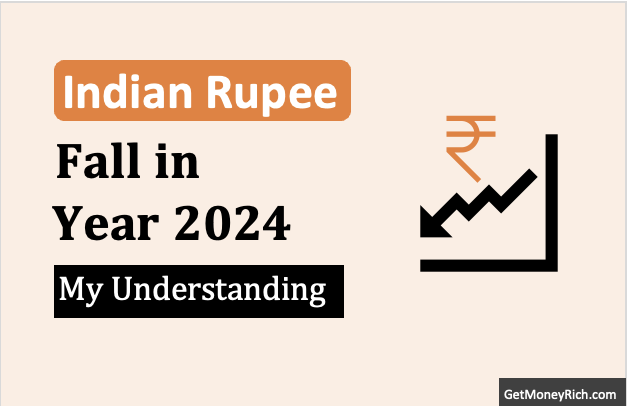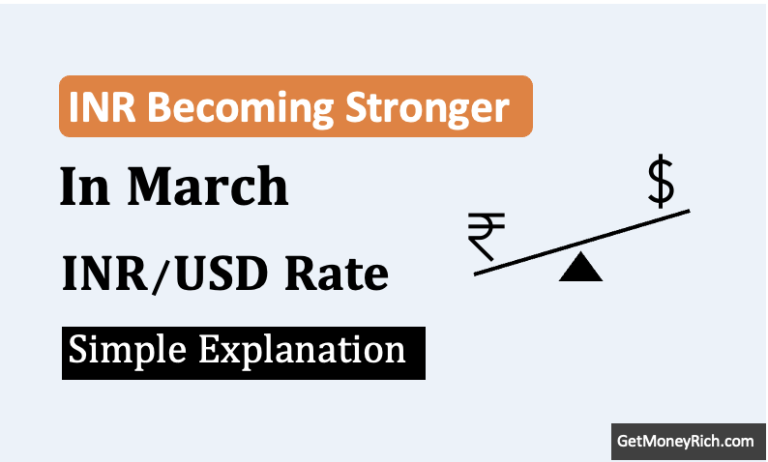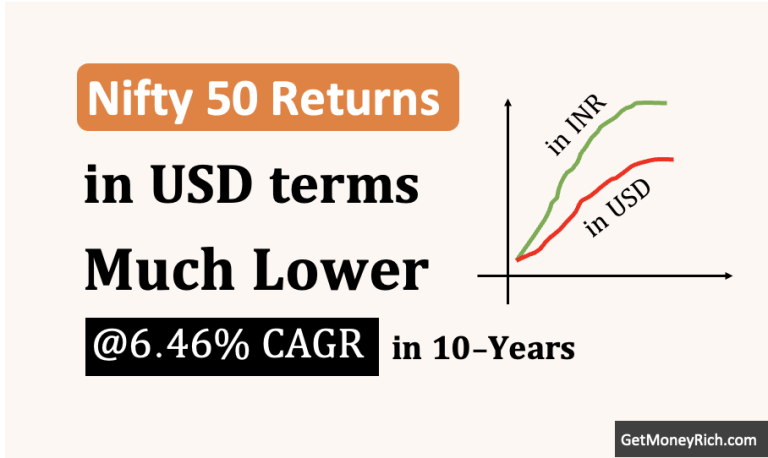Rupee Devaluation Trade Explorer Tool
How did the 1991 rupee devaluation affect India’s trade? Enter exchange rates and trade values below to see how different devaluation levels impacted exporters, importers, and the trade balance, a key factor in India’s economic recovery.
Enter the INR per USD rate before the 1991 devaluation, e.g., 17.5. This shows how many rupees equaled one US dollar.
Enter the INR per USD rate after the 1991 devaluation, e.g., 21.5. This should be higher than the pre-devaluation rate.
Example: Enter $1,000 if you’re exporting goods like cotton or spices worth $1,000 to the US. This is the value in US dollars.
Example: Enter $1,000 if you’re importing goods like oil or machinery worth $1,000 from the US. This is the value in US dollars.
Note: This tool simulates trade impacts based on your exchange rates and trade values. Actual 1991 effects also depended on factors like demand and inflation, simplified here for clarity.
Introduction
This article is my way of showing respect to our Late Dr. Manmohan Singh (Former PM) on his day of demise. In 1991, India faced a financial crisis that required bold and decisive action. One of the most significant steps taken during that period was the devaluation of the Indian rupee. The decision, led by the then Finance Minister Dr. Manmohan Singh, played a crucial role in shaping modern India’s economy. Let me take you through this topic in a simple way.
What is Currency Devaluation?
Currency devaluation means reducing the value of a country’s currency compared to others, like the US Dollar.
Imagine if Rs.20 could buy $1 yesterday, but today it takes Rs.25 to buy $1. That’s devaluation.
It’s like marking down the price of a product in a store, hoping to sell more.
Now, you might wonder, why would a country willingly make its currency weaker?
The answer lies in trade and economy. When the rupee becomes cheaper, Indian goods become more attractive to foreign buyers because they cost less.
This can boost exports and help the economy earn more foreign exchange.
What Happened in 1991?
India in 1991 was like a household that had overspent for years and had no savings left.
The government didn’t have enough foreign exchange reserves to pay for imports like oil.
You can imagine foreign exchange reserves as the money you save to buy essentials. By June 1991, India’s reserves were so low that they could only cover two weeks of imports.
The country was on the brink of defaulting on its loans, which would have been disastrous.
To prevent this, India had to seek help from the International Monetary Fund (IMF). But the IMF, like a strict lender, had conditions: India needed to reform its economy and devalue the rupee.
Moreover, something happened in 1966 that made Indian economists very hesitant to take the step of devaluation of Indian currency.
What Happened in 1966?
Currency devaluation was also done in 1966.
The situation back then was quite different from 1991. In 1966, India faced a financial crisis due to several factors, including rising import costs (particularly for food and oil), poor agricultural performance, and the aftermath of the Indo-China and Indo-Pak wars.
The country had limited foreign exchange reserves, and the government had to make the difficult decision to devalue the rupee by about 36%.
However, unlike the 1991 devaluation, the 1966 devaluation was not part of a broader economic reform program. The move was more about stabilizing the economy in the short term rather than fostering long-term growth.
The immediate consequences of the 1966 devaluation were negative. It lead to higher inflation and increased prices for essential goods. It was not seen as a pleasant experience for the public because it led to hardships, especially for the middle class and the poor.
Majority population of the country saw their purchasing power erode.
In contrast, the 1991 devaluation was part of a larger set of economic reforms that included liberalization, privatization, and opening up the economy to global markets.
It eventually led to India becoming a more competitive and dynamic economy.
While both devaluations were painful, the 1966 devaluation was more about surviving a financial crisis, whereas the 1991 devaluation was part of a broader strategy to open up the economy and lay the groundwork for future growth.
The 1991 was the brain child of our former PM, Dr. Manmohan Singh (The Economist).
Why Was Rupee Devaluation of 1991 Strategic?
Devaluing the rupee was not an easy choice. It was like a bitter medicine for a very sick patient.
Dr. Manmohan Singh, along with Prime Minister P.V. Narasimha Rao, decided to devalue the rupee by about 20% in two phases (July 1 and July 3, 1991).
This made Indian exports like textiles, gems, and spices cheaper for foreign buyers, boosting demand.
At the same time, imports like oil became more expensive, which forced India to focus on using resources wisely and cutting unnecessary imports.
The move was part of a larger plan to open up the Indian economy (globalisation) and make it more competitive globally.
The Impact of Devaluation
The devaluation in 1991 wasn’t an isolated step. It was part of a bigger package of reforms that included reducing trade barriers.
It was done to encourage private enterprise, and to attract foreign investment.
Here’s what happened as a result:
- Boost in Exports: Indian goods became more affordable for the world, increasing export revenues.
- Foreign Investments: The reforms made India an attractive destination for global companies.
- Economic Growth: India’s economy, which was heavily controlled by the government, became more open and dynamic.
- Temporary Inflation: Like a side effect of medicine, devaluation led to higher prices for imported goods, causing short-term inflation.
It was a Step Toward a Market-Driven Rupee
The 1991 devaluation was not a standalone event but a stepping stone to a more flexible exchange rate system. In March 1992, India introduced the Liberalised Exchange Rate Management System (LERMS), a dual exchange rate regime where 60% of foreign exchange transactions occurred at a market-determined rate, while 40% used an official rate.
This transitional system paved the way for a unified, market-driven exchange rate in 1993, freeing the rupee from rigid government control. By August 1994, the rupee became fully convertible on the current account, aligning with IMF standards and facilitating international trade.
These steps, initiated by the 1991 crisis, empowered India to integrate with global markets, boosting export competitiveness and attracting foreign investment, key pillars of the liberalization era that reshaped India’s economy.
An Analogy
Think of the Indian economy in 1991 as a farmer who was struggling to sell crops because of high prices.
By reducing the price, the farmer attracted more buyers, sold more produce, and earned enough to pay off debts and invest in better seeds for the future.
Similarly, India’s devaluation helped it earn more through exports and stabilize the economy.
Conclusion
The 1991 rupee devaluation wasn’t just a financial decision; it was a turning point.
It required courage and vision to implement such reforms in a politically charged environment.
Dr. Manmohan Singh’s role as a reformer deserves immense respect.
However, devaluation alone doesn’t solve all problems.
It works when combined with strong economic policies and long-term planning. What makes 1991’s devaluation significant is how it paved the way for India to become a global economic power.
Today, we take our robust foreign exchange reserves and growing GDP for granted, but it all started with difficult decisions like this one.
The 1991 rupee devaluation was a bold and strategic move that marked the beginning of India’s economic transformation.
It reminds us that even in the face of adversity, visionary leadership and decisive actions can set the foundation for future growth. Dr. Manmohan Singh’s contribution during this period is a proof of the power of economic reform done with purpose and integrity.
I see the 1991 reforms as a lesson in resilience and strategy, not just for nations but also for individuals managing their finances.
Sometimes, short-term sacrifices are necessary for long-term gains. It is a principle that applies equally to personal investments and economic policies.
If you found this article useful, please share it with fellow investors or leave your thoughts in the comments below!
Have a happy investing.



![Indian Rupee Hits Record Low: A Historic Dip [2024]](https://ourwealthinsights.com/wp-content/uploads/2024/11/Indian-Rupee-Hits-Record-Low-Thumbnail-768x436.png)

Thank you for this simple explanation.
Thank You